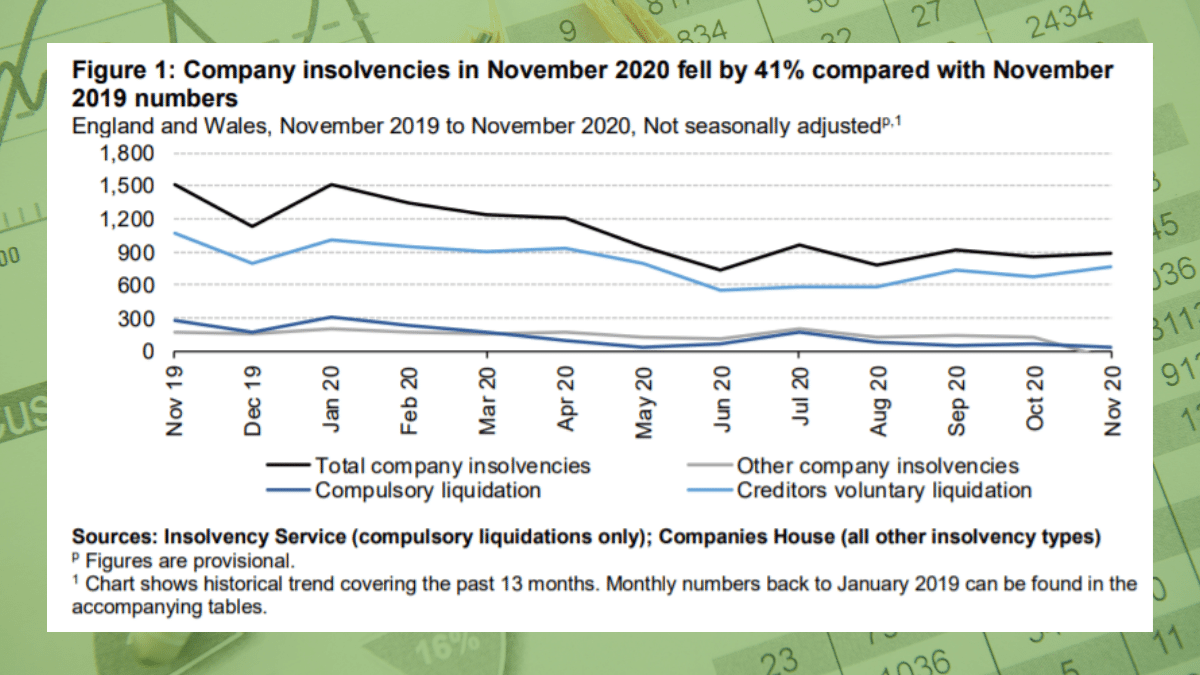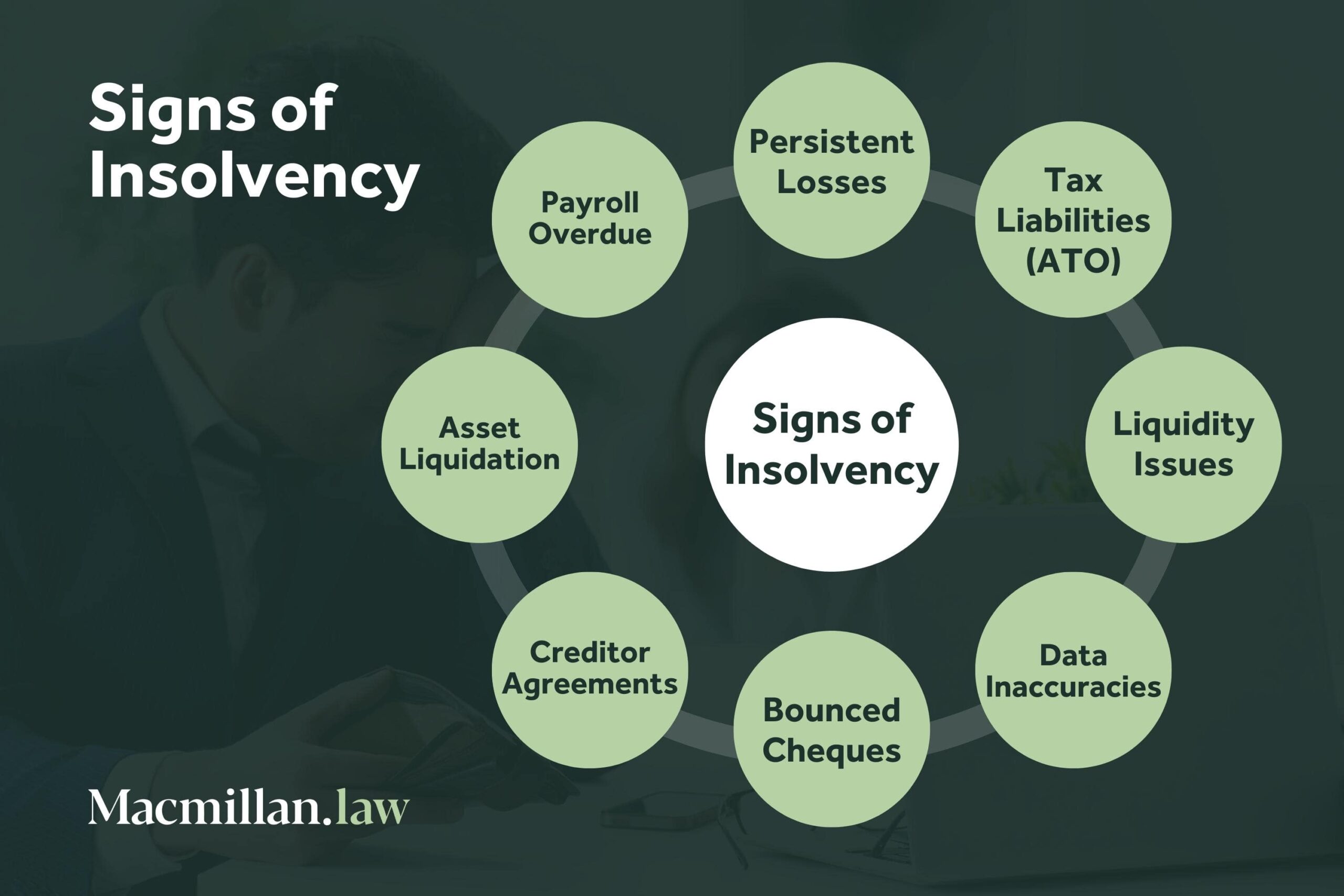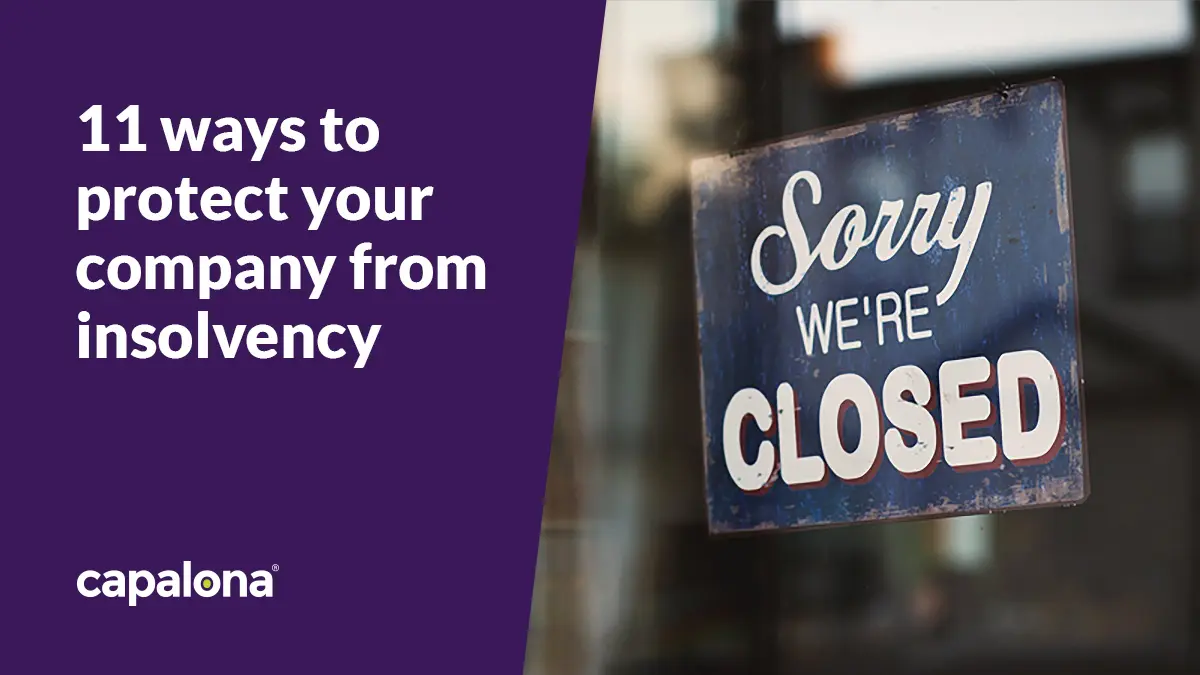Insolvency Practitioner Things To Know Before You Get This
Insolvency Practitioner Things To Know Before You Get This
Blog Article
All About Insolvency Practitioner
Table of ContentsThe 7-Minute Rule for Insolvency PractitionerHow Insolvency Practitioner can Save You Time, Stress, and Money.Things about Insolvency PractitionerOur Insolvency Practitioner DiariesExcitement About Insolvency PractitionerSome Known Facts About Insolvency Practitioner.Insolvency Practitioner Fundamentals Explained
Bankruptcy is when liabilities are above the value of the company, or when a borrower can not pay the financial obligations they owe. A company can come to be insolvent because of a variety of situations that cause bad cash money flow. When confronted with bankruptcy, a company or person can speak to creditors straight and restructure financial debts to pay them off.
Insolvency can result in insolvency proceedings, in which lawsuit will be taken versus the insolvent person or entity, and assets. Insolvency Practitioner might be sold off to settle exceptional debts. Company owner may get in touch with creditors directly and restructure financial obligations right into even more convenient installments. Creditors are usually responsive to this method because they intend to be paid back and avoid losses, even if the payment gets on a postponed timetable.
The proprietor produces a proposition outlining how the financial debt might be reorganized making use of price reductions or other prepare for support. The proposition reveals creditors how business might produce adequate capital for rewarding operations while paying its financial obligations. Commonly, a forgiven debt may be taken into consideration income by the Internal Revenue Service (INTERNAL REVENUE SERVICE).
The 8-Second Trick For Insolvency Practitioner
When a company needs to pay increased prices for items and services, the company passes along the price to the customer. Instead of pay the raised expense, numerous consumers take their business in other places so they can pay much less for a service or product. Shedding customers results in losing income for paying the business's lenders.
Business might wind up paying large amounts of money in damages and be not able to continue operations. When procedures cease, so does the business's income. Lack of income causes accounts payable and creditors asking for money owed to them. Some firms end up being financially troubled because their goods or services do not advance to fit customers' altering requirements.
Insolvency Practitioner Things To Know Before You Get This
Expenditures surpass incomes and expenses continue to be overdue. Types of insolvency consist of cash-flow insolvency and balance-sheet insolvency. Cash-flow insolvency takes place when a company has the possessions to cover their financial obligations yet they remain in the incorrect type, such as actual estate instead of fluid funds. Balance-sheet insolvency, on the various other hand, suggests an absence of possessions in any kind of type to cover financial debts.
The internal revenue service states that an individual is bankrupt when the complete obligations go beyond complete assets. Insolvency Practitioner. A bankruptcy, on the other hand, is an actual court order that portrays how an insolvent individual or business will repay their creditors, or exactly how they will offer their assets in order to make the repayments
9 Easy Facts About Insolvency Practitioner Explained
If that situation expands longer than anticipated, it can result in bankruptcy. When a business or individual is bankrupt, they can not fulfill their economic responsibilities. Solvency is when you see here have sufficient funds to cover the repayments you owe. A firm is thought about solvent when they have much more properties than responsibilities.

Comprehending the factors that can bring about insolvency, such as overspending, can assist you avoid insolvency and its effects.
7 Simple Techniques For Insolvency Practitioner
It is popular that directors and police officers of firms (and supervisors of limited liability business) owe fiduciary duties to their organizations and their shareholders (or participants). These fiduciary responsibilities are defined by state laws and, though there are variants from one state to another, they commonly include a click here to find out more duty of loyalty and a task of treatment.
The duty of care needs directors and policemans to exercise persistance, to make educated choices, and to act in great faith to make sure that their actions remain in the most effective rate of interest of the company. Though past the scope of this discussion, some states enable these tasks to be limited either by so noting in the organizational records or following other requirements.
The Basic Principles Of Insolvency Practitioner

Be careful concerning offering investors favoritism at the expenditure of lenders (e.g., licensing and funding a returns or a supply redemption). Beware about advantageous therapy between courses of shareholders. Clear up efforts to learn all the truths before taking a details strategy; directors should truly believe that any decisions made are in the very best passions of the company in its totality (i.e., choices will certainly be assessed in hindsight because of the effect of such actions on the company).
In any kind of insolvency or bankruptcy case, settlements made to specific financial institutions at the cost of other lenders can be clawed back, particularly if there is some connection between the firm and the lender. Think about proposing at a yearly shareholder meeting (or any kind of various other conference of stockholders) a resolution verifying that all prior company decisions and activities taken by the supervisors and policemans of the corporation were taken in great belief after a workout of reasonable treatment.
A Biased View of Insolvency Practitioner
Fully disclose any kind of individual or business connections with events beyond of purchases entailing the corporation to stay clear of the look of a problem of rate of interest. In reviewing possible fund raising deals or a sale of properties of the distressed company, understand that these transactions may be looked at later because of any kind of subsequent development of directors' fiduciary tasks to include lenders.
Report this page